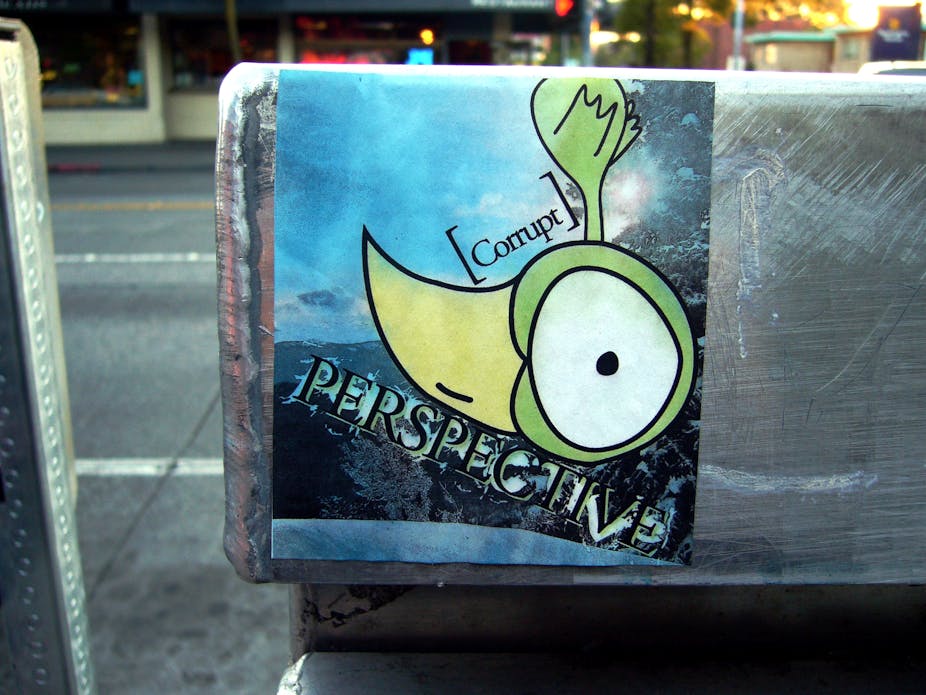Corruption, so it would seem, is the talk of the town. In the past week alone we’ve seen stories emerge of a high-ranking official at a respected Chinese university trying to emigrate to avoid prosecution on corruption grounds, while closer to home, the attorney-general, Dominic Grieve, has got into decidedly hot water by suggesting that particular communities within Britain are more prone to indulge in corruption than others.
Talk about corruption continued apace when Berlin-based Transparency International, published its annual Corruption Perceptions Index (CPI). The CPI measures perceived levels of corruption around the world, and in 2013 it included data on no less than 177 countries.
As usual, it doesn’t take a great deal of imagination to work out which countries received both the best and the worst scores. The Nordic states performed admirably, with Denmark scoring 91 out of a maximum of 100 indicating that it is – according to this measure at least – “the least corrupt country” in the world (along with another country that perennially impresses, New Zealand). Sweden and Finland were not far behind, registering a respectable 89 in joint third place. At the bottom, it was a familiar tale of woe for Afghanistan, North Korea and Somalia which all ended up 175th (and last) with a meagre 8 out of 100.
The index is not without its critics. Scholars write off what is effectively a poll of polls as being fit for nothing more than discussions at middle-class dinner parties. Methodologically problematic though the data undoubtedly are, the figures still get noticed by both governments and media commentators.
In the UK, for example, The Guardian was quick to point the finger at Australia and Syria as the “big decliners”. India Today was no less sharply out of the blocks, claiming “India was less corrupt than Pakistan” (forgetting to mention that India, if the CPI is taken at face value, was still more corrupt than most). The Philippines government also pointed out what it claimed was its own contribution to the Philippines nudging up nine spots in the ranking.
We should all be just a little careful before making too many judgements based on this sort of data. Some states clearly do face systemic corruption challenges that are daunting in both size and scope, others now have excellent records of keeping their respective houses in order. The cynic might nonetheless argue that we were well aware of this before the index was but a twinkle in the eyes of Transparency International’s founders. Judging success stories and those who “could do better” is certainly an exercise that makes sense, but you can’t do so solely on the basis of what this data purportedly reveals.
Let’s take a closer look at the UK’s scores over the years. The UK polled scores of 86 and 87 (tenth and 11th positions respectively) for the five-year period from 2002-2006, dropping slightly to 84 in 2007. Yet it slipped significantly to 77 in 2008, polling the same score in 2009, and then 74 in 2010. Only in the 2013 poll did it begin to recover just a little (back to 76 and 14th position overall).
There may have been a significant rise in the amount of corruption evident in the UK during the late 2000s and that could explain the poorer performance. More plausible, however, is the interpretation that Brits (or, more pertinently, those who were asked for their perceptions of the Brits) thought there was more corruption about largely on the basis of the unearthing of a large scandal involving the expenses accounts of British parliamentarians.
The sums of money involved in that episode were, in the great scheme of things, relatively small – there really is only so much one can claim for a bath plug, new set of kitchen utensils or even moat cleaning – but the impression left was one of snouts well and truly in the trough. So, did corruption in the UK really get worse during this period? It could conceivably have done, but it is exceptionally unlikely the data was actually a reflection of that.
So what value can be gleaned from this index? With the exception of periodically shining a light on the issue of corruption itself – something for which Transparency International does indeed deserve plenty of praise – the answer, in truth, is probably not much at all.

